The CA50E is a high-end 5G receiving card in the new-generation control system COEX series of NovaStar. For 8-bit and 10-bit video sources, a single CA50E supports resolutions up to 768×512@60Hz.
Features of the Receiving Card:
- Improvements to Display Effect
- Thermal Compensation
- Work with NovaStar’s high-precision calibration system to precisely collect the thermal distribution data of LED cabinets and generate unique thermal compensation data for each pixel of the cabinets, effectively eliminating the cabinet or module level # shaped bars caused by uneven thermal distribution.
- Full Grayscale Calibration
- Work with NovaStar’s high-precision calibration system to generate unique calibration coefficients for each grayscale, ensuring uniformity of each grayscale and improving the screen’s image quality.
- HDR function
- Support HDR10 and comply with the SMPTE ST 2084 and SMPTE ST 2086 standards.
- Support HLG
- LED Image Booster (Effects depend on driver IC)
- Color Management: Support the standard color gamuts (Rec.709, DCI-P3 and Rec.2020) and custom color gamuts, enabling more precise colors on the screen.
- Precise Grayscale: Individually correct the 65,536 levels of grayscale (16bit) of the driver IC to fix the display problems at low grayscale conditions, such as brightness spikes, brightness dips, color cast and mottling. This function can also better assist other display technologies, such as 22bit+ and individual gamma adjustment for RGB, allowing for a smoother and uniform image.
- 22bit+: Improve the LED display grayscale by 64 times to avoid grayscale loss due to low brightness and allow for more details in dark areas and a smoother image.
- Frame Rate Adaptive
- Adjust the receiving card parameters in real time according to the input frame rate, so that the display effect at different frame rates is the best.
- ShutterFit
- Adjust the driver IC parameters according to the camera shutter angle to fix problems of black lines, grayscale addition, and grayscale loss during camera shooting in XR scenarios.
- Quick adjustment of dark or bright lines
- The dark or bright lines caused by splicing of modules or cabinets can be adjusted to improve the visual experience. The adjustment can be in milliseconds.
- Low latency
- The latency of video source on the receiving card end can be reduced to 1 frame (only when using modules with driver IC with built-in RAM).
- Pixel level brightness and chroma calibration
- Work with NovaStar’s high-precision calibration system to calibrate the brightness and chroma of each pixel, effectively removing differences and enabling high consistency for both brightness and chroma.
- 3D
- Working with the controller that supports 3D function, the receiving card supports 3D output.
- Image rotation in 90° increments
- The display image can be set to rotate in multiples of 90° (0°/90°/180°/270°).
- Improvements to Maintainability
- Calibration coefficient management
- The calibration coefficients can be uploaded quickly, read back, and saved to hardware.
- Automatic module calibration
- After a new module with flash memory is installed to replace the old one, the calibration coefficients stored in the flash memory can be automatically uploaded to the receiving card when it is powered on, which ensures unchanged uniform display brightness and chroma.
- Module Flash management
- For modules with flash memory, the information stored in the memory can be managed. The calibration coefficients and module ID can be stored and read back.
- Quick uploading of calibration coefficients
- Upload the calibration coefficients quickly to the receiving cards to improve efficiency.
- One-click application of calibration coefficients in module Flash
- For modules with flash memory, when the Ethernet cable is disconnected, users can hold down the self-test button on the cabinet to upload the calibration coefficients in the memory of the module to the receiving card.
- Mapping function
- The cabinets can be marked on the screen by the color, Ethernet port number and receiving card number, allowing users to easily obtain the locations and connection topology of receiving cards and quickly complete screen configuration and other operations.
- Setting of a pre-stored image in receiving card
- The image displayed when the Ethernet cable is disconnected or there is no video signal can be customized.
- Cabinet Finder
- The cabinet can be marked with a frame on the screen and the indicator status is changed, allowing users to quickly locate the cabinet and troubleshoot problems.
- Temperature and voltage monitoring
- The receiving card temperature and voltage can be monitored. Any exceptions can be reported actively.
- Bite error detection
- The Ethernet port communication quality of the receiving card can be monitored and the error data packets can be recorded and reported to help users locate the faults and troubleshoot network communication problems.
- Status detection of dual power supplies
- When two power supplies are used, their working status can be detected by the receiving card.
- LVDS transmission (dedicated firmware required)
- Low-voltage differential signaling (LVDS) transmission is used to reduce the number of data cables from the hub board to module, increase the transmission distance, and improve the signal transmission quality and electromagnetic compatibility (EMC).
- Improvements to Reliability
- Dual card backup and status monitoring
- In an application requiring high reliability, two receiving cards can be mounted onto a single hub board for backup. When the primary receiving card fails, the backup card can serve immediately to ensure uninterrupted operation of the display.
- The working status of the primary and backup receiving cards can be monitored. When either of them fails, the information is reported actively to the control computer or the controller.
- Loop backup
- The receiving card and controller form a loop via the primary and backup line connections. When a fault occurs at a location of the lines, the screen can still display the image normally.
- Dual backup of configuration parameters
- The receiving card configuration parameters are stored in the application area and factory area of the receiving card at the same time.
- Users usually use the configuration parameters in the application area. If necessary, users can restore the configuration parameters in the factory area to the application area.
- Dual program backup
- Two copies of firmware program are stored in the application area of the receiving card at the factory to avoid the problem that the receiving card may get stuck abnormally during program update.
- One-click firmware program learning
- The cabinet firmware program and configuration file can be coped to other cabinets with one click to help quickly complete cabinet configuration.
Specifications:
- Maximum Resolution: 768×512@60Hz (For 8-bit and 10-bit video sources), 512×480@60Hz (For 12-bit video sources)
- Electrical Parameters
- Input voltage: DC 3.8 V to 5.5 V
- Rated current: 1.35 A
- Rated power consumption: 6.8 W
- Operating Environment
- Temperature: -20°C to +70°C
- Humidity: 10% RH to 90% RH, non-condensing
- Storage Environment
- Temperature: -25°C to +125°C
- Humidity: 0% RH to 95% RH, non-condensing
- Physical Specifications
- Dimensions: 80.0 mm x 45.0 mm x 8.6 mm
- Net weight: 25.5 g
EXPAND YOUR PROWESS WITH OUR AUDIO & VISUAL TECH BLOG


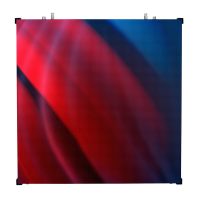
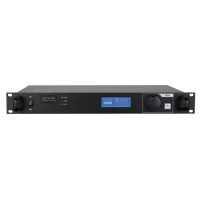
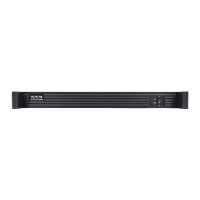
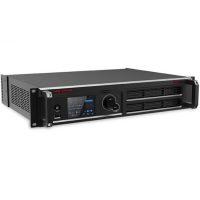


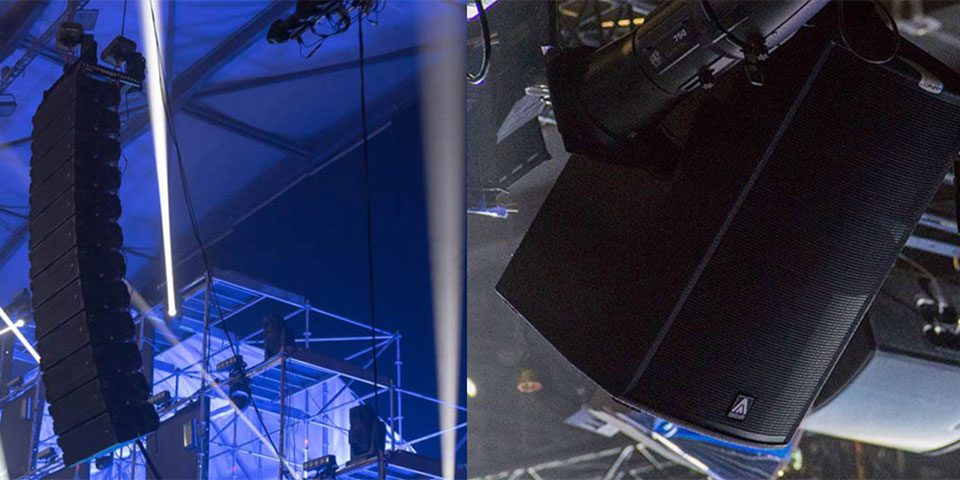
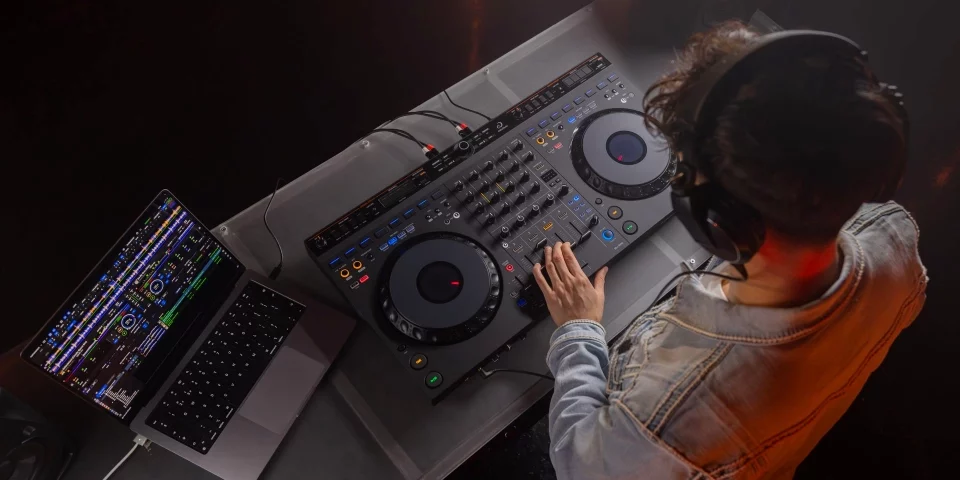
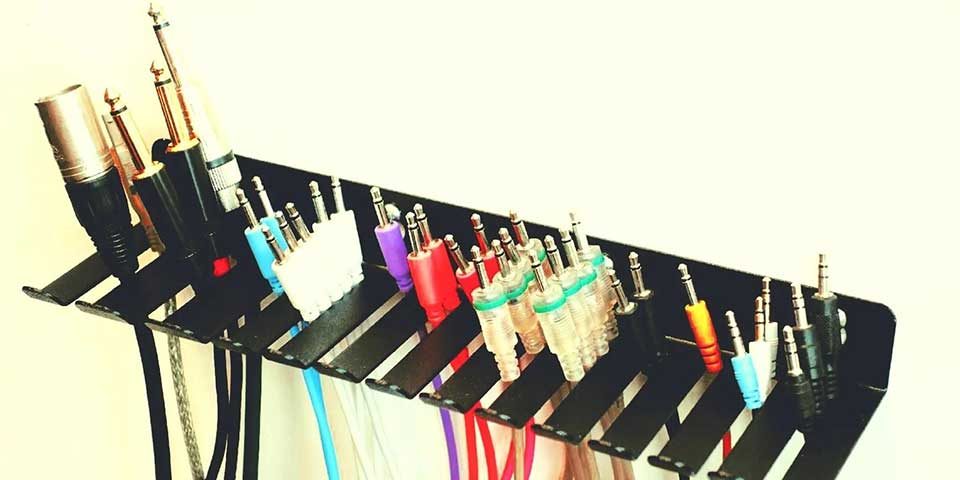
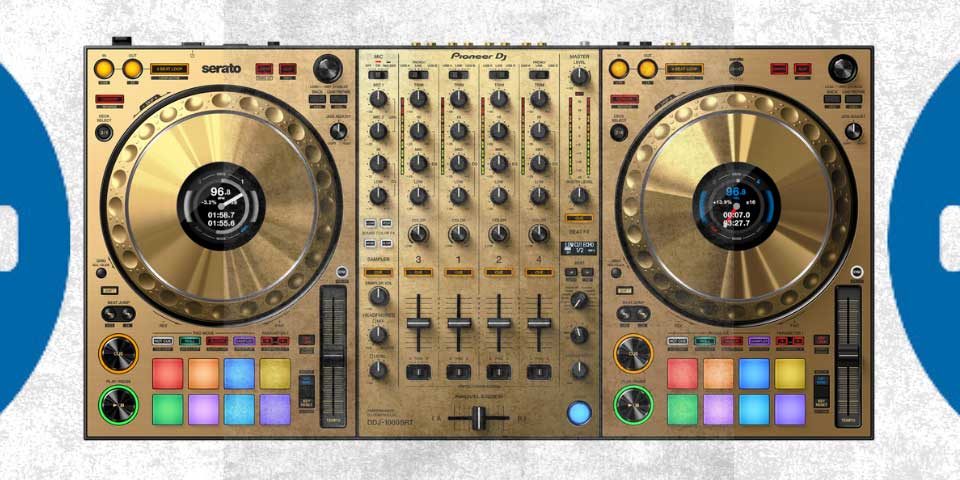

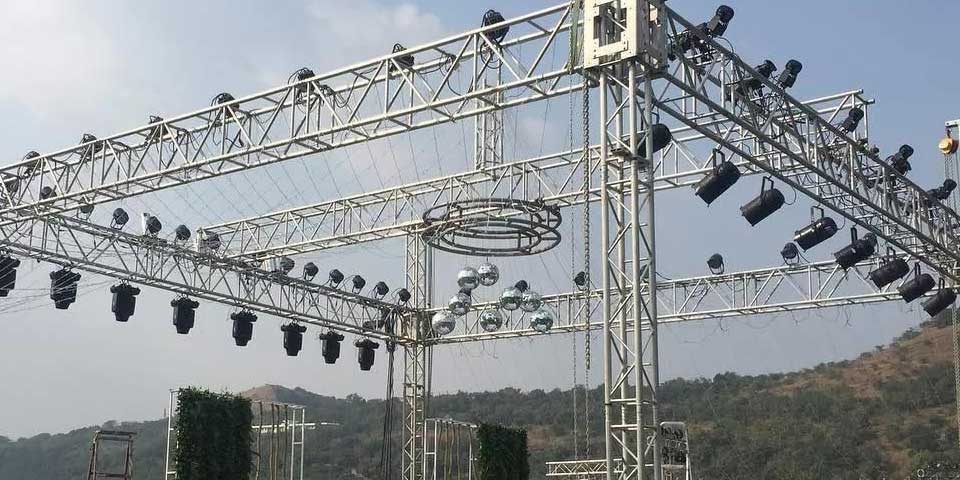

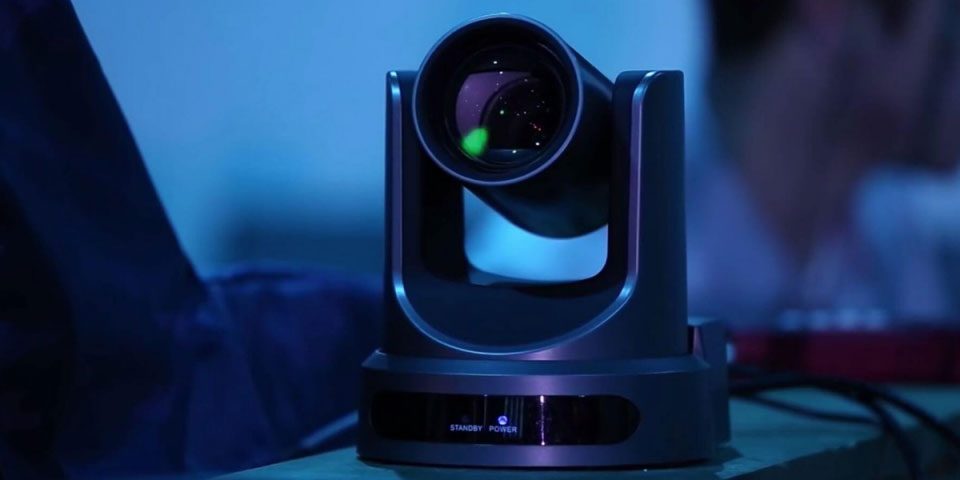
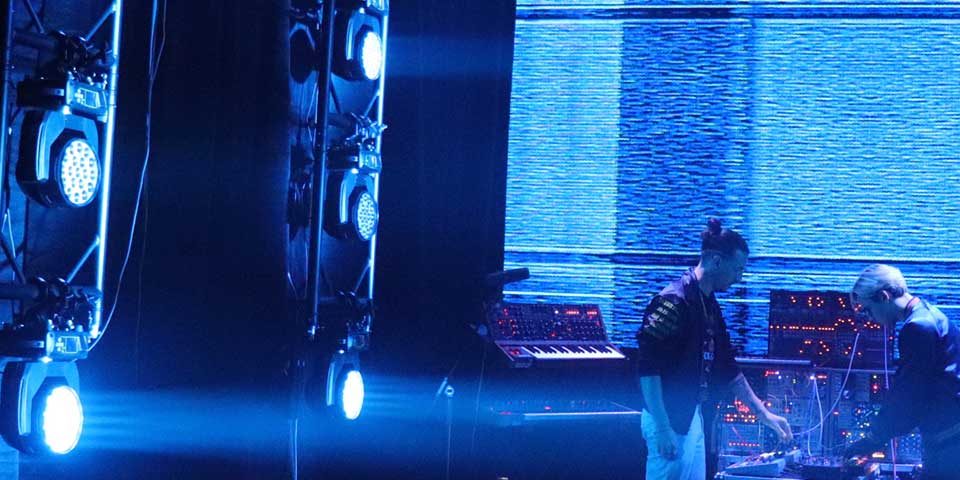

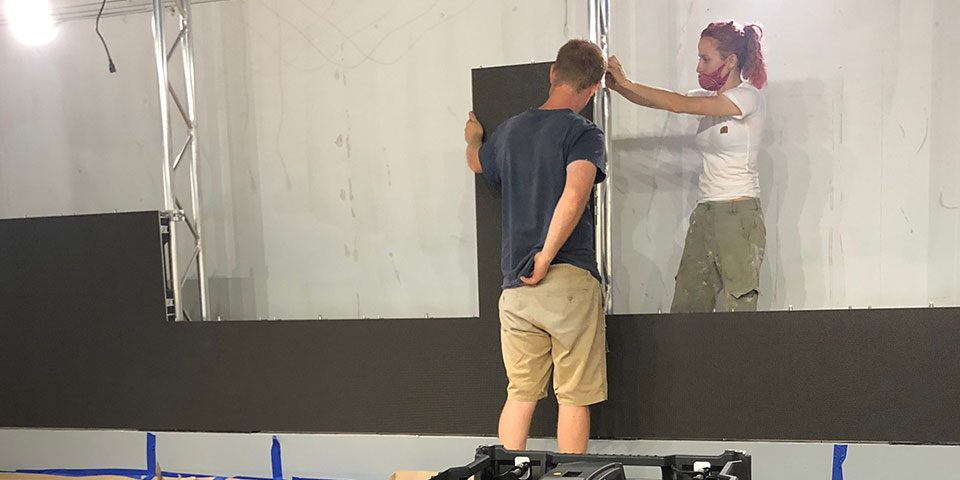
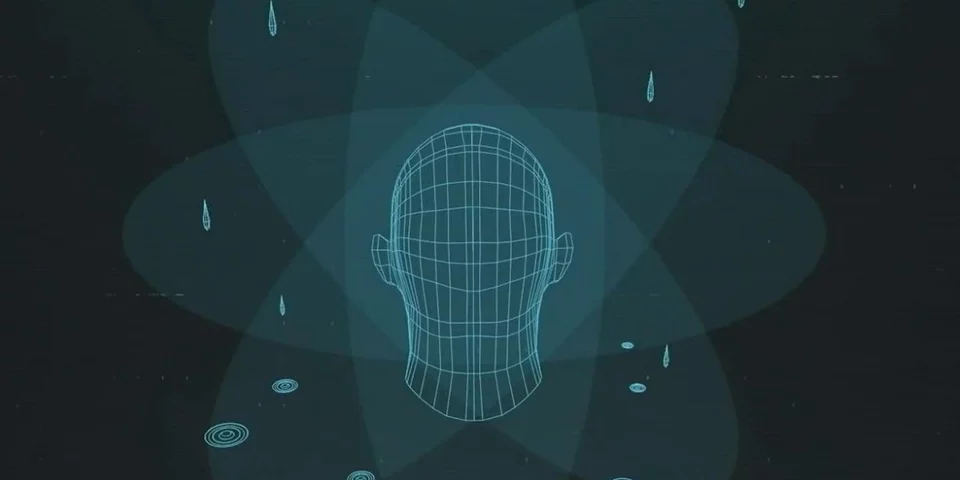
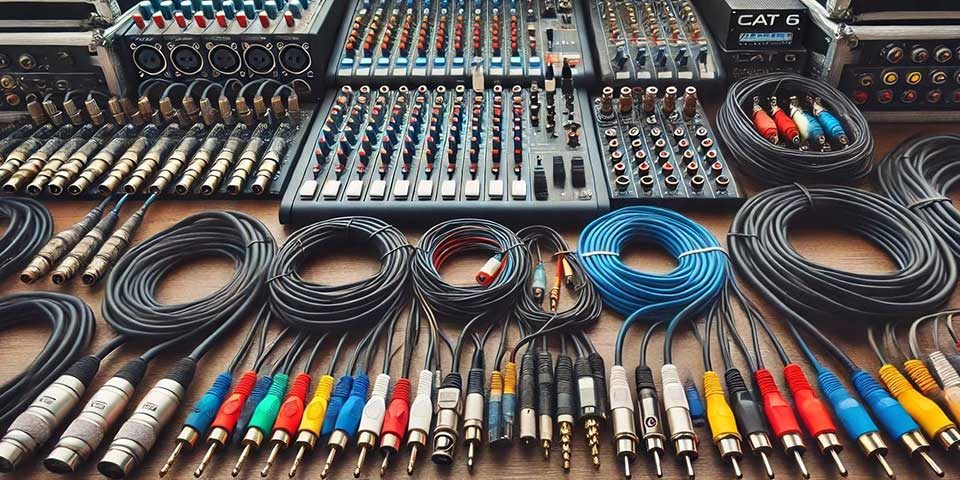




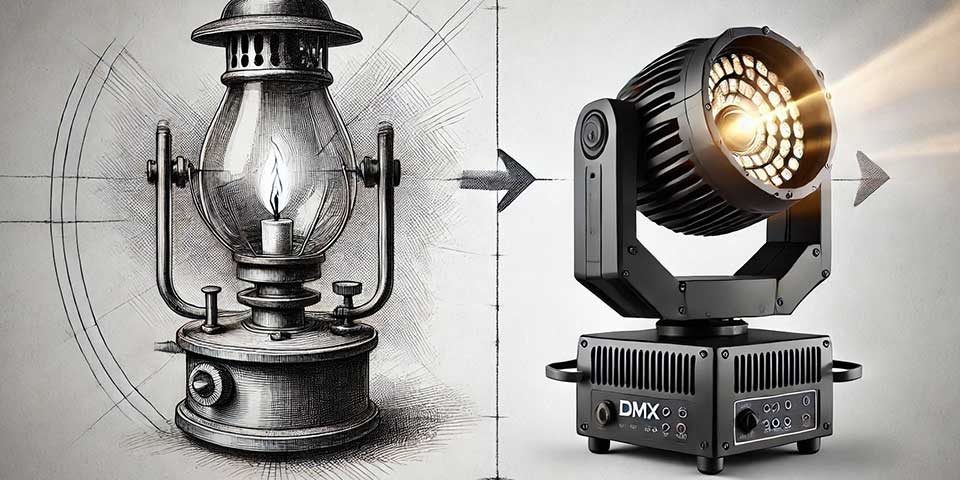

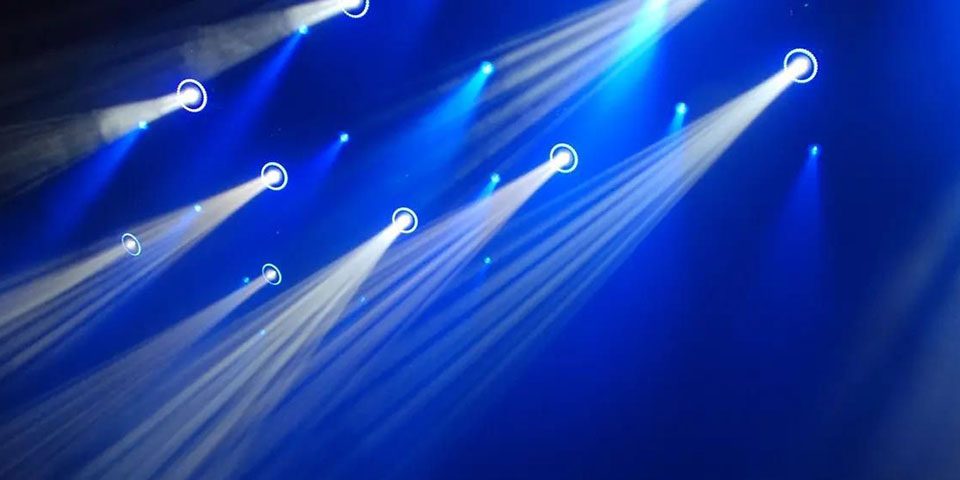

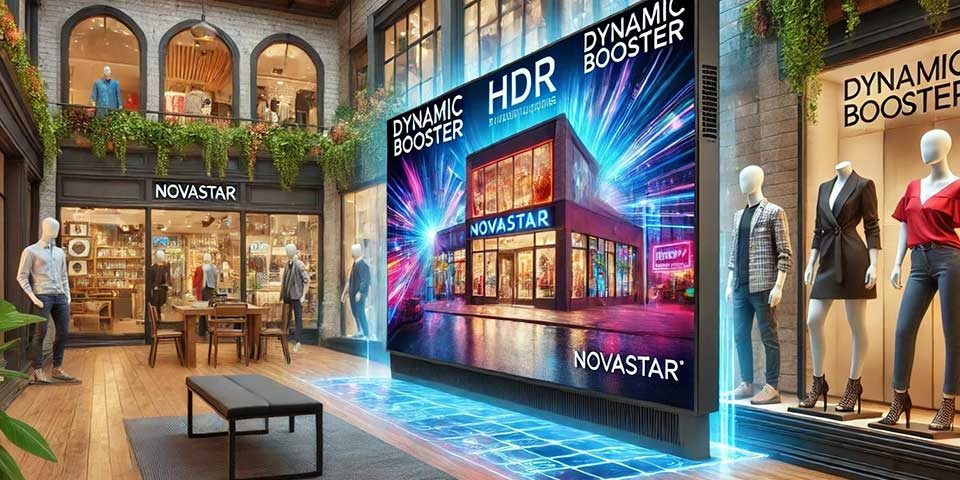
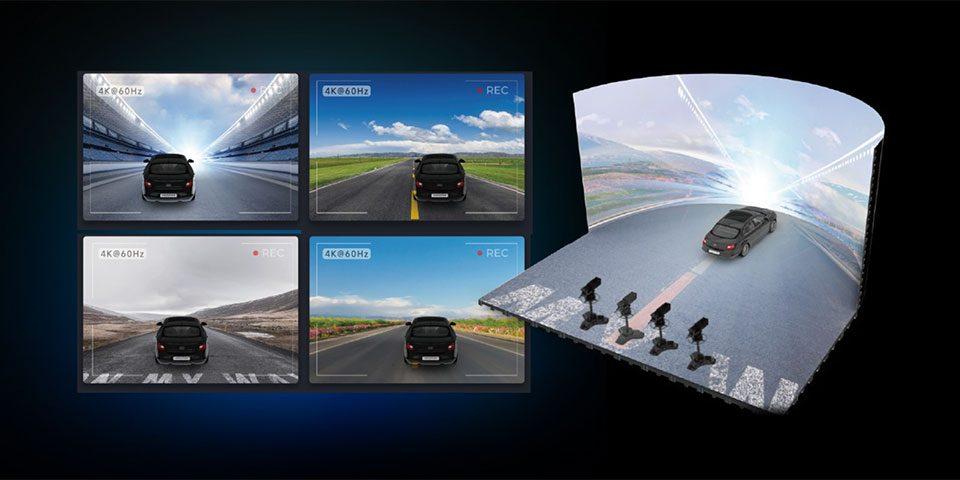

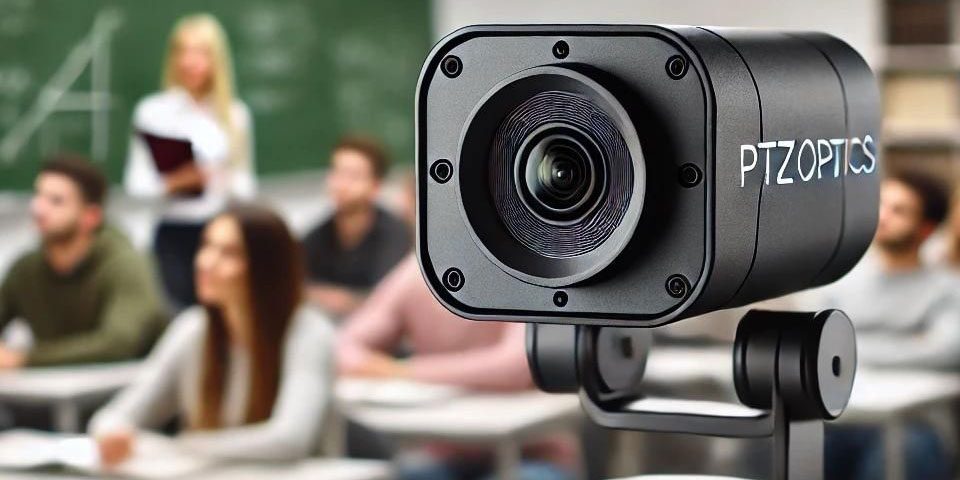

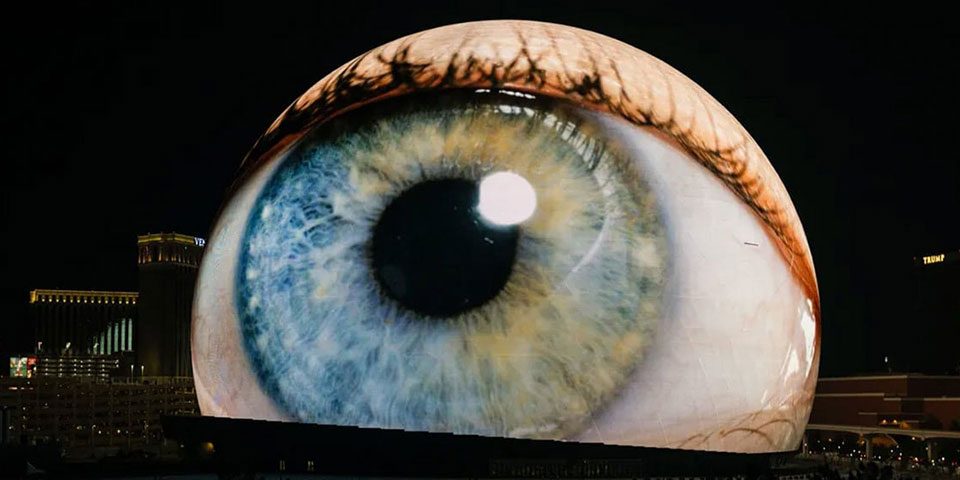
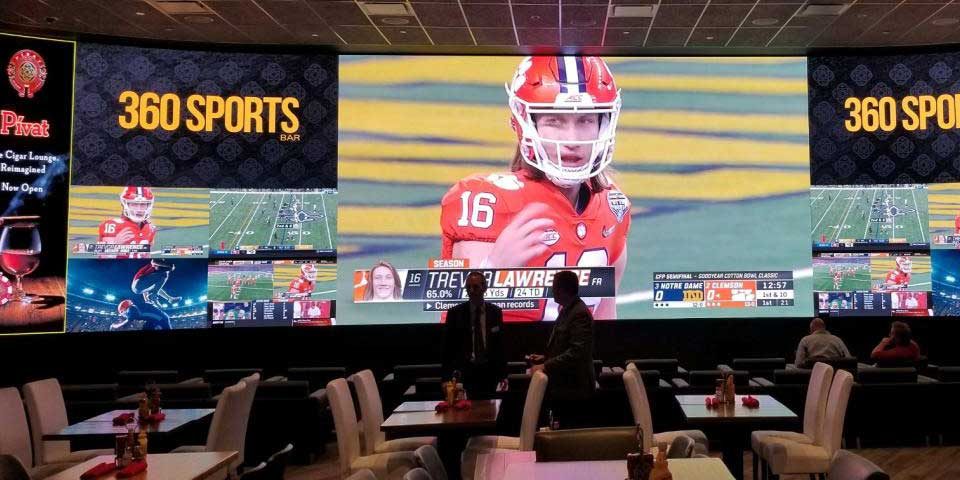





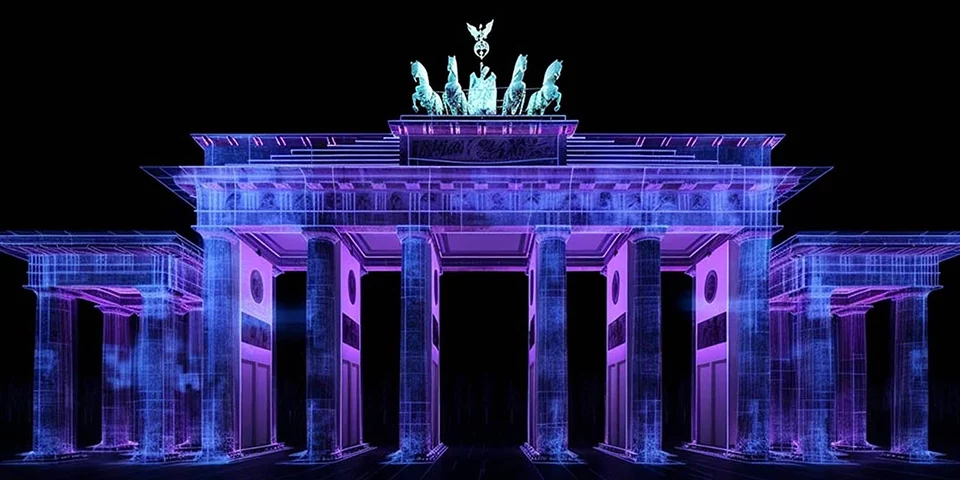


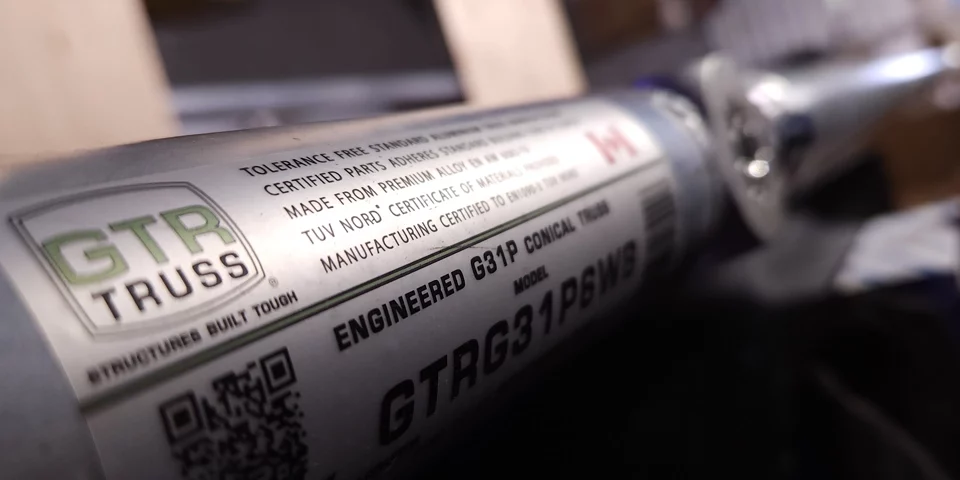


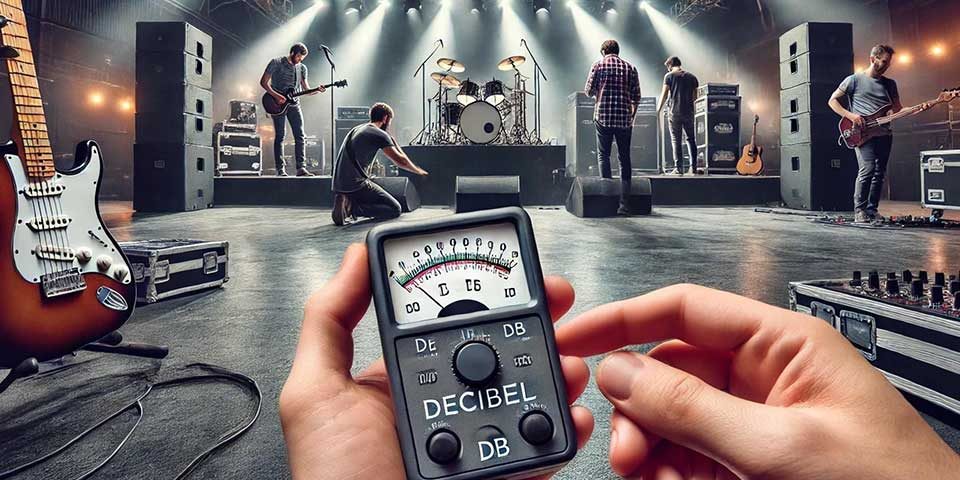

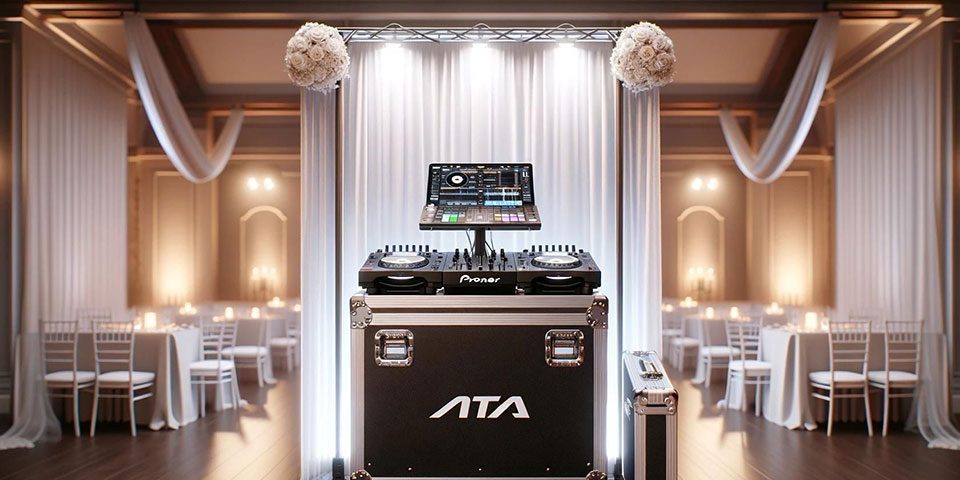
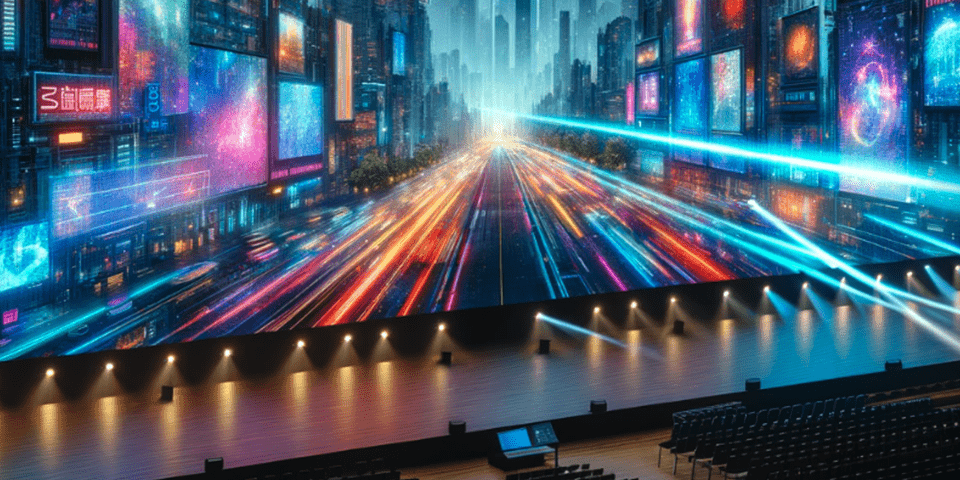



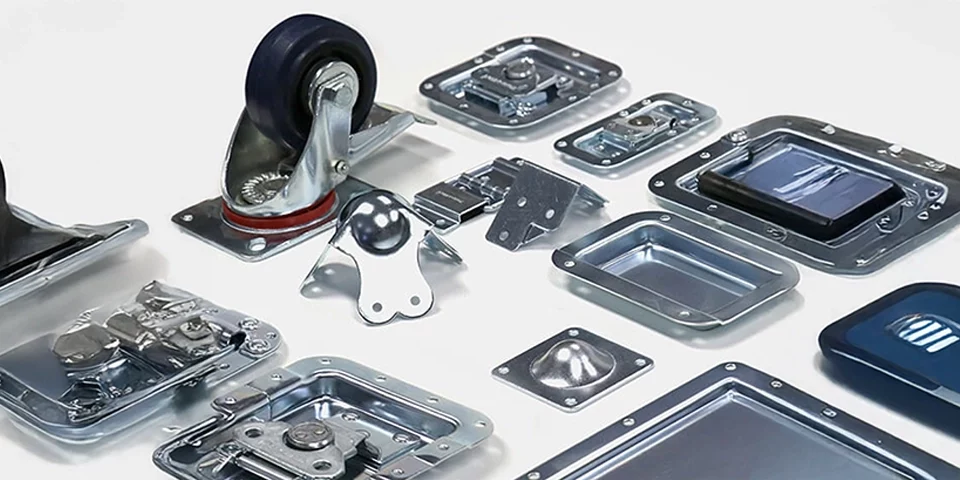

Reviews
There are no reviews yet.